July 7 to July 13
Even though the Japanese colonizers declared Taiwan “pacified” on Nov. 18, 1895, unrest was still brewing in Pingtung County.
The Japanese had completed their march of conquest down the west coast of Taiwan, stamping out local resistance. But in their haste to conquer the Republic of Formosa’s last stronghold of Tainan, they largely ignored the highly-militarized Liudui (六堆, six garrisons) Hakka living by the foothills in Kaohsiung and Pingtung. They were organized as their name suggested, and commanders such as Chiu Feng-hsiang (邱鳳祥) and Chung Fa-chun (鍾發春) still wanted to fight.
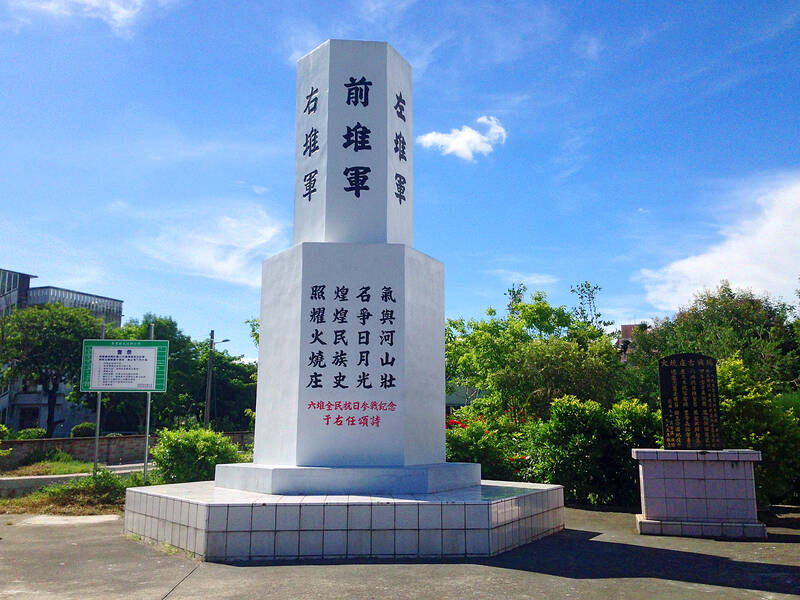
Photo courtesy of Wikimedia Commons
Clashes broke out in today’s Chaozhou Township (潮州) on Oct. 22, just a day after the fall of Tainan, and on Nov. 7 in nearby Dinglinzi Village (頂林仔).
After villagers feigning surrender ambushed a scouting team in Linluo Village (麟洛) on Nov. 10, the Japanese decided to suppress the Liudui Hakka once and for all, creating a “southbound detachment” army from the Second Division for the task.
For the past three weeks, “Taiwan in Time” has been diving deep into the Hakka resistance against Japanese colonization. After the fall of Taipei on June 7, 1895, Hakka militias in Taoyuan, Hsinchu and Miaoli fiercely resisted the Japanese advance south. After losing the bloody Battle of Baguashan in Changhua, militia commander Hsu Hsiang (徐驤) reportedly recruited fresh troops from Liudui and charged straight back to the frontlines in Yunlin.
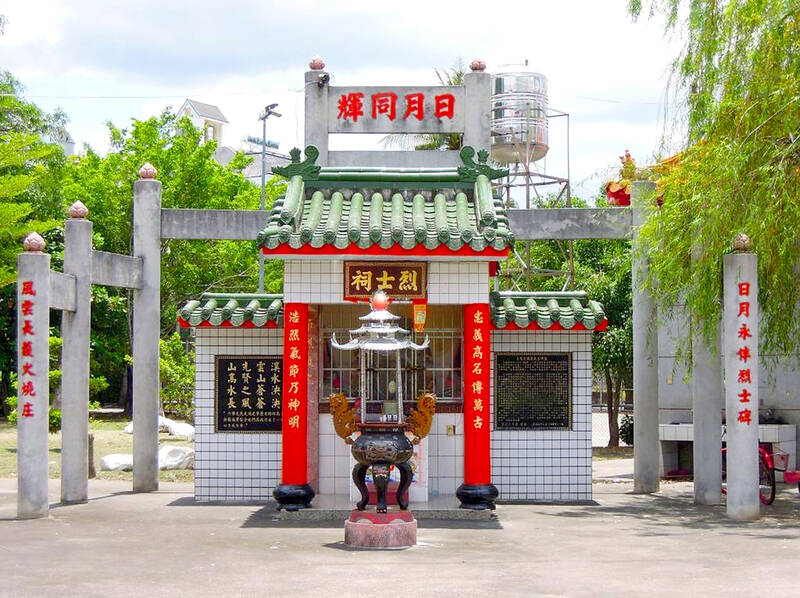
Photo courtesy of Wikimedia Commons
The fourth and final installment of this series will discuss the Liudui Hakka, who gave Japanese troops a hard time when they landed in Fangliao (枋寮) on Oct. 11 to attack Tainan from the south, and who fought the final skirmishes of the war against Japanese colonization of 1895.
SIX GARRISONS
Tai Hsin-yi (戴心儀) writes in 1895 Liudui Ciedongjiao Battle to Defend Taiwan (1895 六堆茄苳腳保臺戰役) that the Hakka arrived in southern Taiwan during the 1690s, pushing out the Indigenous inhabitants and farming rice on the alluvial fan by the mountains in Pingtung.
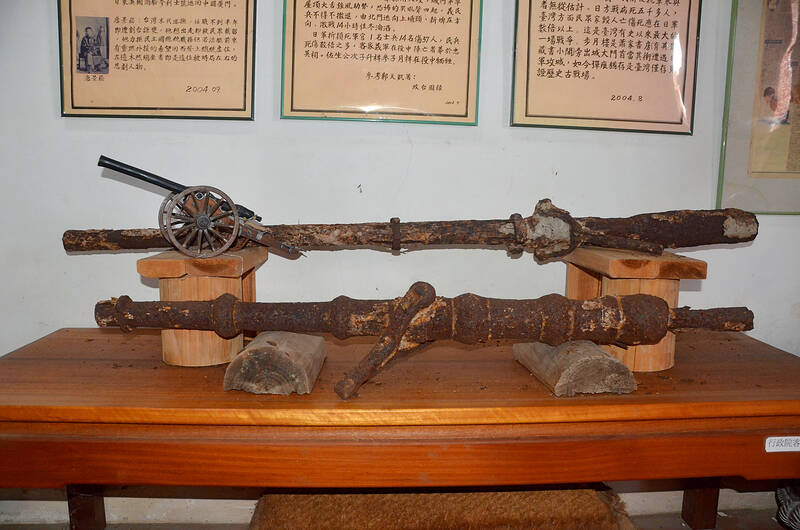
Photo: Ye Yung-chien, Taipei Times
Surrounded by the Hoklo (settlers from Fujian Province) and various Indigenous groups, the Hakka organized themselves militarily to defend their territory.
Through helping the Qing Dynasty quell local rebellions, they developed an efficient network of six garrisons (front, middle, rear, vanguard, left and right), each with their own commander who could mobilize troops quickly in times of need.
Located at the extreme south of Taiwan, they were not in the direct path of the Japanese advance like the northern Hakka, but some Liudui troops reportedly fought voluntarily with Hsu Hsiang and Hsiao San-fa (蕭三發) in Yunlin and Chiayi.
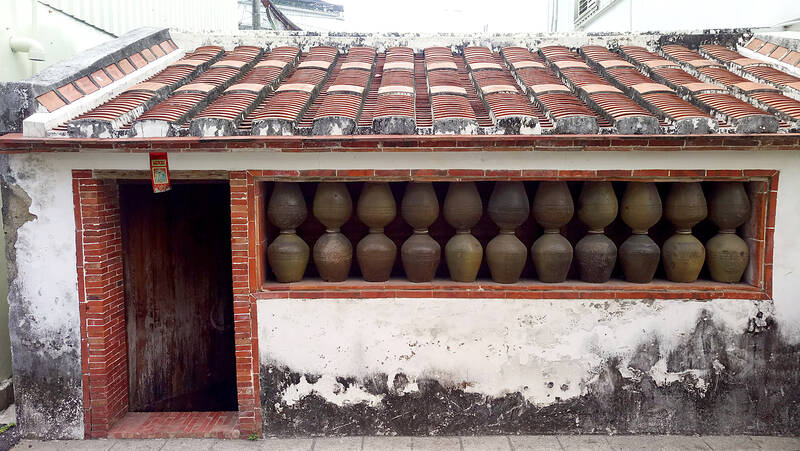
Photo courtesy of Wikimedia Commons
Republic of Formosa leader Liu Yung-fu (劉永福) also hired them to help defend the areas south of Tainan, as evidenced in a letter he sent on Aug. 29 ordering the Liudui troops to head home because he could no longer pay them. At that time, the Japanese were still in Changhua.
There was further communication between Liu and the Liudui commanders, the final one on Oct. 9 urgently requesting troops to help defend Tainan. The Hakka planned to answer, but they aborted the mission with the landing on Oct. 11 of the Japanese army’s Second Division at Fangliao, right by Liudui territory.
FIRST ENCOUNTER
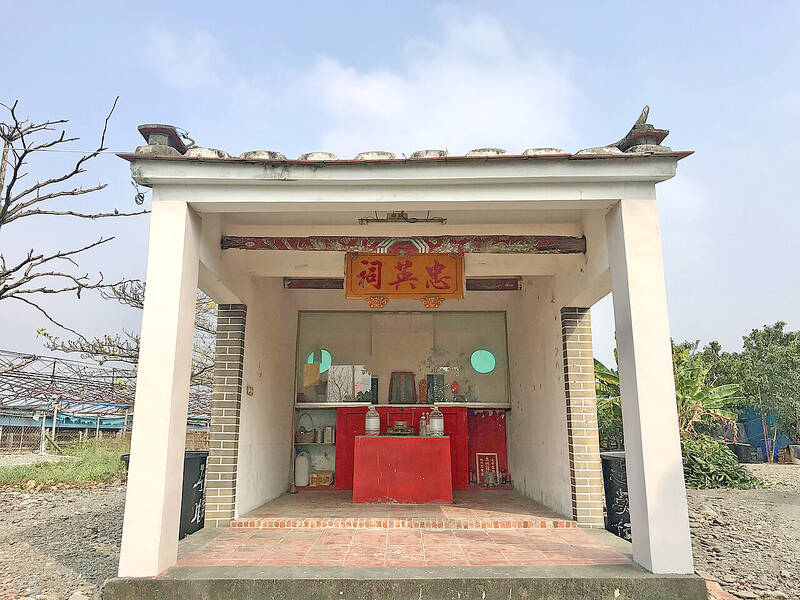
Photo courtesy of Wikimedia Commons
Led by future governor-general Marusuke Nogi, the Second Division’s task was to land in Pingtung and attack Tainan from the south.
Home to about 1,400 residents, the fortified village of Ciedongjiao (today’s Chiatung, 佳冬) stood at a crucial junction between Fangliao and Donggang, serving as the headquarters of the Left Garrison under Hsiao Kuang-ming (蕭光明). Hsiao did not notice the Japanese warships until they were about to land. Alarmed, he requested help from other settlements and mobilized the village, including women and children.
Around 10am, two Japanese companies totaling about 300 troops reached the settlement. They didn’t expect it to be so well defended, surrounded by a thick thorny bamboo forest and a 2m-wide ditch. The buildings were reinforced with mud, and there were defensive walls and forts with loopholes to fire rifles out of.
The Japanese had a hard time entering the village, and when they did they were greeted by more gunfire and scalding water pouring down from Buyuelou (步月樓), the Hsiao family compound’s gate tower.
But the Hakka reinforcements failed to arrive in time, while two more Japanese companies showed up, finally breaching the defenses. Despite so, the locals refused to back down, and the Japanese finally set fire to the village to end the battle.
With 15 or 16 dead and about 60 injured, this was a significant loss for the Japanese — especially against such a tiny village. The locals tallied about 80 deaths and 20 injuries. By contrast, the Republic of Formosa troops defending Donggang fled without a fight, allowing the Japanese to easily take the port.
BURNING IT DOWN
After the fall of Tainan, the book 1895 Liudui Hakka Battle of Huoshao Village in Southern Taiwan (1895年南台灣六堆客家火燒庄戰役) states that the Japanese became alarmed after hearing that Liudui general commander Chiu Feng-yang (邱鳳揚) met with leaders from 40 villages.
After the ambush in Linluo, the Second Division formed the 3,000-strong southbound detachment, which included infantry, cavalry, artillery and other corps.
The commanders of Liudui had been debating for a while at this point whether to fight or submit, but on Nov. 24, Chiu and his deputy Lin Chien-chiung (林建瓊) issued an anti-Japanese declaration and called for war preparations.
The Japanese sent out a scouting party and determined that the resistance was centered at Huoshao Village (火燒庄), and that villages between Sishi (西勢) and Wanluan (萬巒) were all preparing for battle.
On Nov. 25, the Japanese sent an expeditionary force of about 500 toward Huoshao Village. They were met with gunfire, and after an hour or so, they Hakka switched to guerrilla tactics. Later on, 500 or 600 fighters from other villages joined in. The Japanese retreated before nightfall, with 80 or 90 villagers dead and two Japanese wounded.
The next day, a Japanese force of 2,000 gathered at today’s Pingtung City to for a full-scale assault on the village. The Hakka fighters resisted fiercely, but the Japanese captured the village in two hours, overpowering them with cannon fire. They then burned the place down, and to stem further unrest they torched six more villages nearby.
The next day, representatives from different villages began arriving to surrender. The southbound detachment then embarked on a two-week inspection tour through the area to snuff out resistance and accept surrenders.
There was one last act of resistance on Nov. 29, when Hakka fighters launched a surprise night attack on the Japanese staying in Wanluan Village. The Japanese drove them off and executed four villagers who remained defiant.
On Dec. 3, Chiu officially surrendered and was pardoned. The Japanese were actually impressed by these strong-willed folks, and after the disbanding of the Liudui, several commanders served as local administrators.
Taiwan in Time, a column about Taiwan’s history that is published every Sunday, spotlights important or interesting events around the nation that either have anniversaries this week or are tied to current events.

This month the government ordered a one-year block of Xiaohongshu (小紅書) or Rednote, a Chinese social media platform with more than 3 million users in Taiwan. The government pointed to widespread fraud activity on the platform, along with cybersecurity failures. Officials said that they had reached out to the company and asked it to change. However, they received no response. The pro-China parties, the Chinese Nationalist Party (KMT) and Taiwan People’s Party (TPP), immediately swung into action, denouncing the ban as an attack on free speech. This “free speech” claim was then echoed by the People’s Republic of China (PRC),

Exceptions to the rule are sometimes revealing. For a brief few years, there was an emerging ideological split between the Democratic Progressive Party (DPP) and Chinese Nationalist Party (KMT) that appeared to be pushing the DPP in a direction that would be considered more liberal, and the KMT more conservative. In the previous column, “The KMT-DPP’s bureaucrat-led developmental state” (Dec. 11, page 12), we examined how Taiwan’s democratic system developed, and how both the two main parties largely accepted a similar consensus on how Taiwan should be run domestically and did not split along the left-right lines more familiar in

Many people in Taiwan first learned about universal basic income (UBI) — the idea that the government should provide regular, no-strings-attached payments to each citizen — in 2019. While seeking the Democratic nomination for the 2020 US presidential election, Andrew Yang, a politician of Taiwanese descent, said that, if elected, he’d institute a UBI of US$1,000 per month to “get the economic boot off of people’s throats, allowing them to lift their heads up, breathe, and get excited for the future.” His campaign petered out, but the concept of UBI hasn’t gone away. Throughout the industrialized world, there are fears that
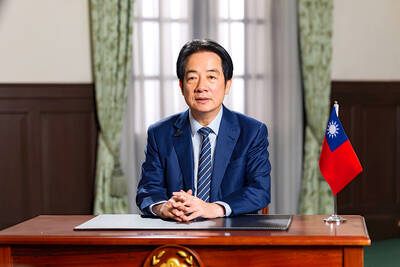
The Democratic Progressive Party (DPP) controlled Executive Yuan (often called the Cabinet) finally fired back at the opposition-controlled Legislative Yuan in their ongoing struggle for control. The opposition Chinese Nationalist Party (KMT) and Taiwan People’s Party (TPP) acted surprised and outraged, but they should have seen it coming. Taiwan is now in a full-blown constitutional crisis. There are still peaceful ways out of this conflict, but with the KMT and TPP leadership in the hands of hardliners and the DPP having lost all patience, there is an alarming chance things could spiral out of control, threatening Taiwan’s democracy. This is no